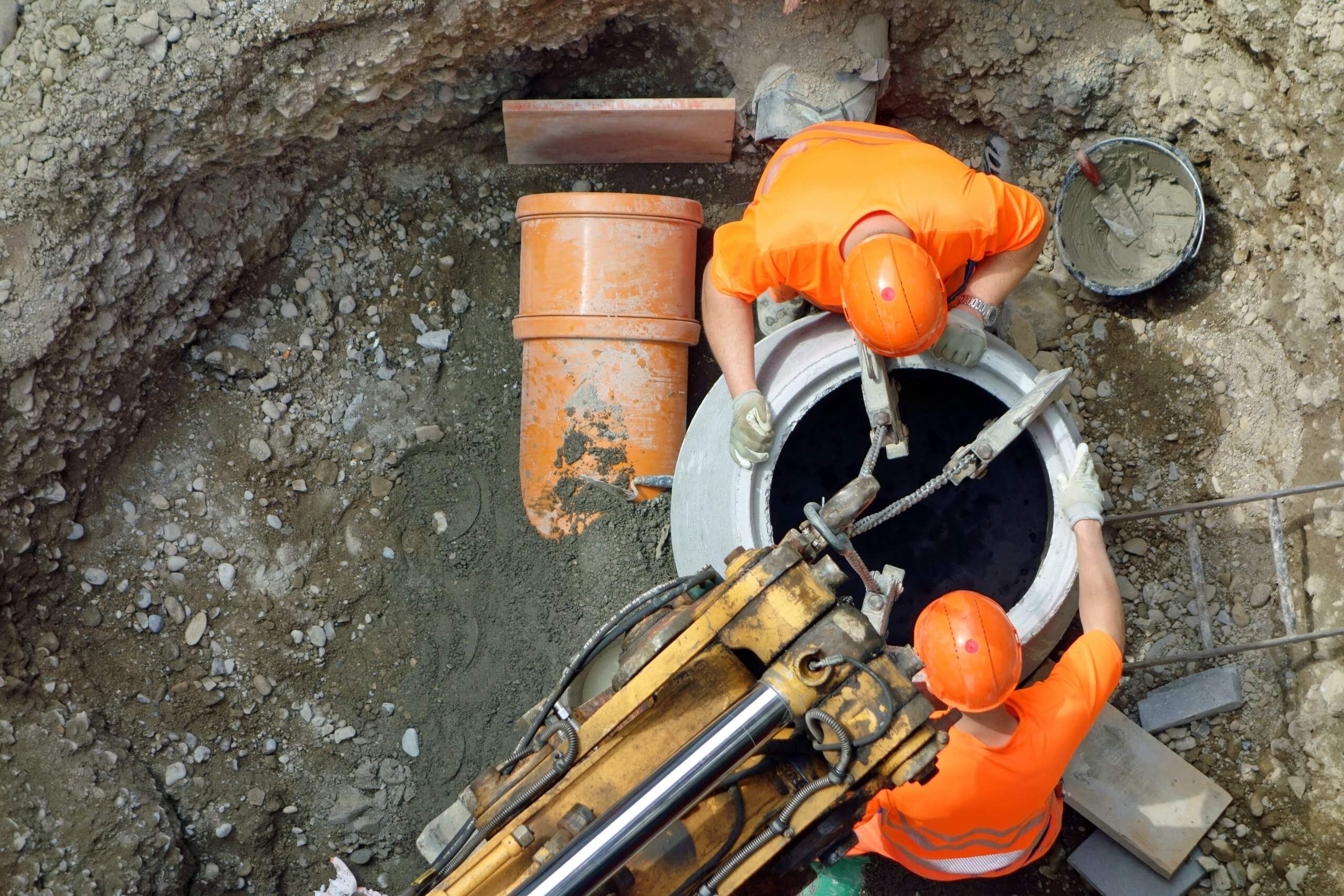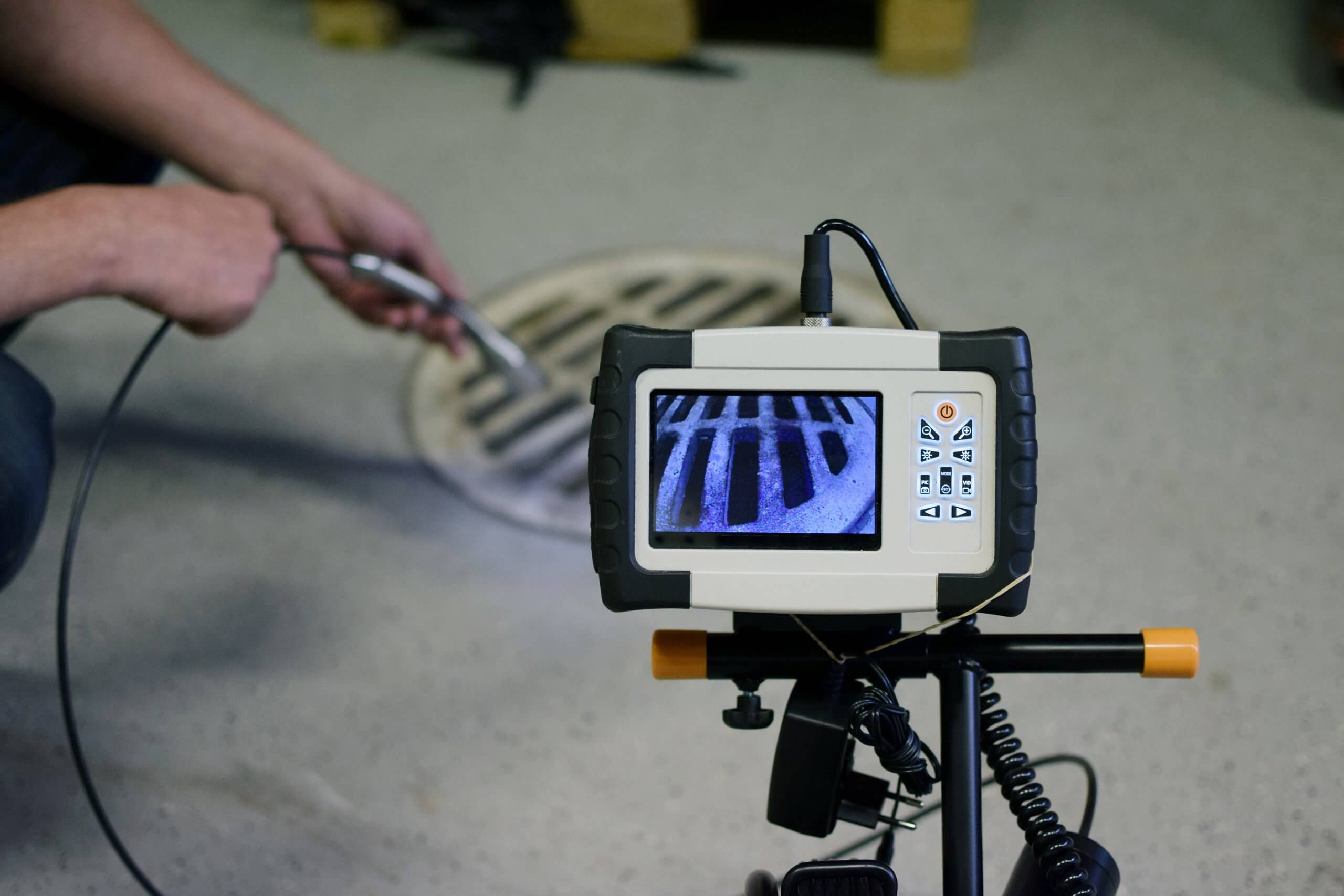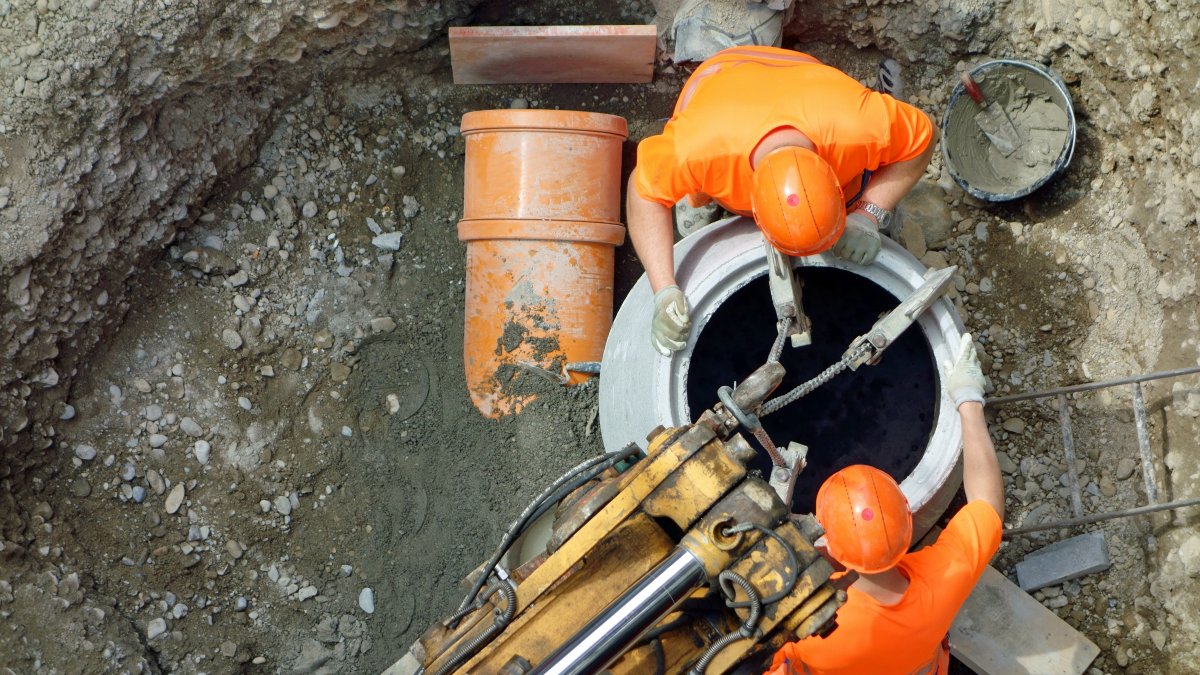
Sewer lateral pipelines are necessary parts of a building’s sewage system. These pipes connect the building’s sewage pipelines to public sewer lines. Do you know what carries wastewater from your building to the wastewater treatment facility? Yes, it’s the sewer lateral pipelines. These are essential to keep everything flushed out of a building in order to avoid sewage problems.
Sewer pipelines encounter issues because of their age. The presence of tree roots in the sewer line also causes all sorts of problems. If you often smell rotten eggs or other foul odors within your property and there’s no clear or visible source, your sewage might have leaks. This is one sign of a bigger sewage problem. Sometimes, your sinks may be slow to drain. In other cases, you might experience sewage backup, which is when water from the sewage system is pushed back into your building.
In most cases, sewer pipeline repair is the solution that property owners choose. Some go for replacement instead. In this article, you’ll find information that will help you pick which option can best address your pipeline troubles.
Sewer Lateral Pipeline Repair

In pipeline repairs, there’s often little need for excavation. This process typically involves the use of hydraulics or robotics. The wires and materials required to handle the task enter the pipeline through manholes and other similar openings. Check out the safety rules for it here. This method is an application of trenchless technology, which is the go-to option for most plumbing repairs these days.
Generally, repairs have the following advantages:
1. Reduce Yard Damage
For example, in sewer pipe lining, workers use resin to fix damaged pipes. This process doesn’t entail digging up trees or trenching a yard. The plumbers then cure the lining using different systems such as a hot air curing system.
In most situations, pipeline repairs create minimal damage. There’s no heavy equipment and deep digging even if the repairs happen under one’s yard, fence, or garden. This way, the repairs can continue without destroying most of the property. In addition, the ‘no-dig’ process doesn’t trigger soil erosion and you can calmly enjoy your 1Movies session.
2. Require Less Time To Inspect, Assess, And Work
Because the tasks of digging certain areas and refilling them later on are eliminated, less time is needed to solve the plumbing problems at hand. In some cases, building owners have the luxury to request drain cleaning and other simple plumbing solutions as well. Consequently, this cuts down the total time for the repairs to be done.
3. Cost Less
It’s true that most sewer lateral pipeline repairs call for modern equipment. However, they remain affordable because most of the tasks involved in them are one-off jobs.
Sewer Lateral Pipeline Replacement
This is needed when earlier attempts to repair the pipes have been unsuccessful. Aside from that, the following can be considered signs that you should choose pipe replacement over repair:
- The pipes have already reached their life expectancy.
- Strange noises are coming from the pipeline, including the ones you have at home.
- Clogs have become more frequent.
- The water has become consistently unclear.
- Sewage backup happens often.
Many sewer lateral pipeline replacements involve trenchless technology as well. Yet, unlike repairs, replacements may require digging.
Generally, the following are the benefits of replacements:
1. Replacement Pipes Last Long
If you don’t want to have your pipes repaired over and over again, you can consider replacing them. With new pipes, you can have peace of mind knowing that your pipeline is working perfectly and will do so for a very long time. If you’re going for replacement, you may want to look into the various types of sewer pipes out there.
Here’s a list of the average expected life span of certain pipes:
- Galvanized steel pipes: 80 to 100 years
- Copper pipes: 70 to 80 years
- Brass pipes: 80 to 100 years
2. Long-Term Savings
While repairs indeed cost less, replacements help save money for the long term. If pipe repairs cost USD$100 and replacements cost USD$1,000, it would seem that the former is less expensive. However, if repairs have to be done frequently, say for 12 times, they’ll add up to USD$1,200. In that situation, pipe replacement is more cost-effective.
Wrapping Up
Sewer lateral pipelines are parts of the sewage system that you may often have issues with. Fortunately, with the help of technology, fixing them has become easier and quicker than ever before. Because the appropriate solution varies for each case, it’s a must for every property owner to have the condition of the pipes assessed before having them repaired or replaced.
While most plumbers would suggest what’s best for the pipeline, in the end, you’re still the one who’ll decide what type of work will be carried out. When choosing between pipeline repair and replacement, remember what you’ve learned in this article. Your decision would either prevent or trigger more problems in the future, so take the time to think about it well.
James Anderson
Related posts
Stay connected
- How LoveOn Chat Is Becoming the Most Versatile AI Companion for Digital UsersThe internet keeps shifting toward hyper-personal interaction, and AI companions are at the center of this shift. What used to be simple chatbots are now evolving into emotionally aware, adaptive, and multi-functional digital partners. Among the new generation of platforms, LoveOn Chat is becoming one... The post How LoveOn Chat Is Becoming the Most Versatile […]

